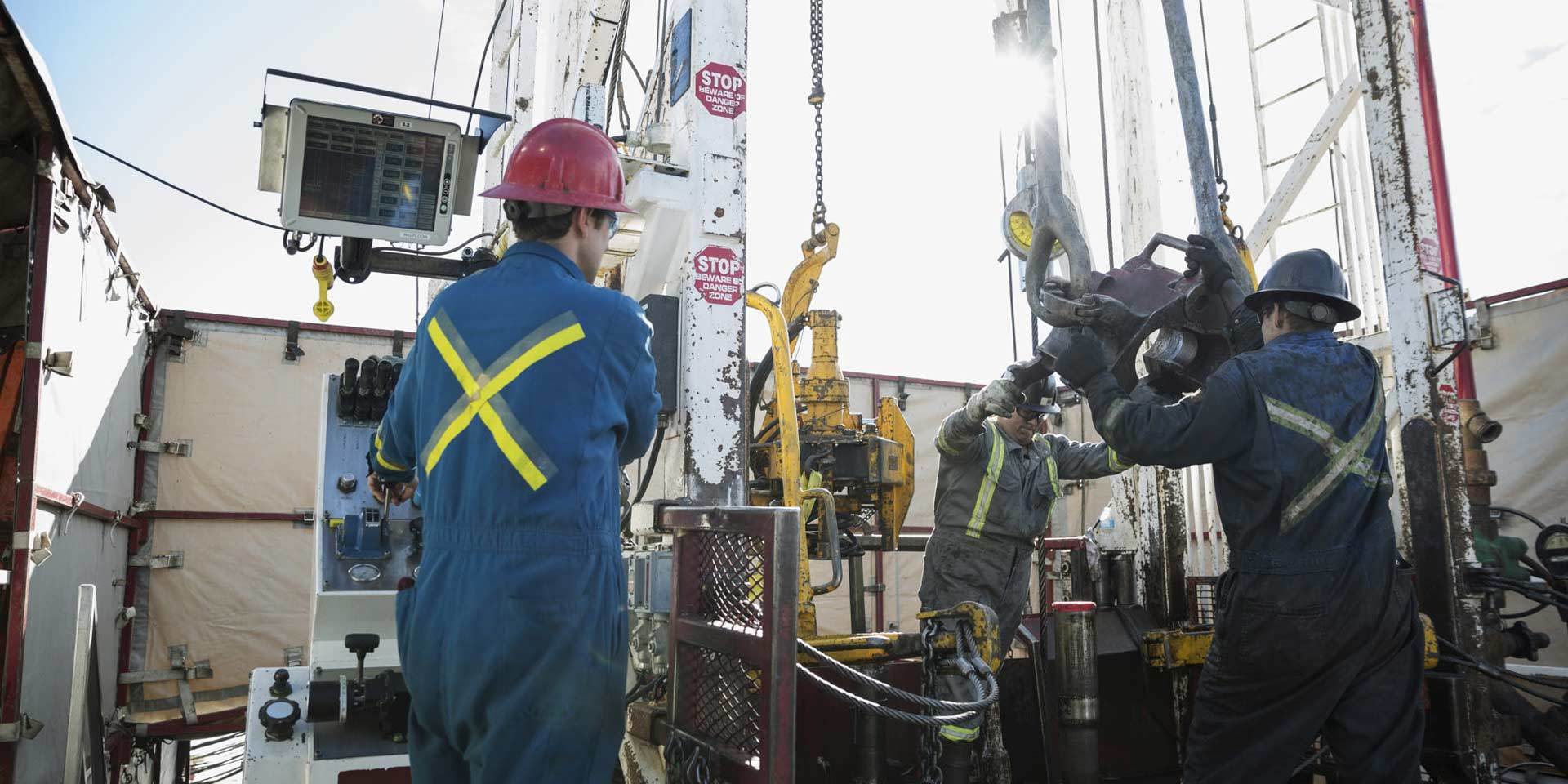All You Need to Know about Drilling Motors in the Petroleum Equipment Industry
Classification:
Release time:
2023/09/18
【Summary Description】 This article provides comprehensive information about drilling motors in the petroleum equipment industry. Learn about the essential aspects of drilling motors and their role in efficient drilling ope
Drilling motors play a crucial role in the petroleum equipment industry, particularly in the field of drilling and extraction. These motors are specifically designed to provide the necessary power and torque required to drill through various geological formations. In this article, we will delve deeper into the world of drilling motors, exploring their functions, types, and importance in the oil and gas industry.
1. What are Drilling Motors?
Drilling motors, also known as mud motors or directional motors, are mechanical devices used in drilling operations to rotate the drill bit. Unlike traditional drilling methods, where the entire drill string is rotated, drilling motors employ a downhole motor located just above the drill bit. This allows for increased maneuverability and control in directional drilling, ensuring efficient extraction of oil and gas reserves.
2. How do Drilling Motors Work?
Drilling motors utilize the power generated from drilling fluid, commonly known as drilling mud. The mud is pumped down the drill pipe, powering the motor and transferring the rotational energy to the drill bit. The drilling fluid also serves the purpose of cooling and lubricating the motor, enhancing its lifespan and performance.
3. Types of Drilling Motors
There are various types of drilling motors available in the market, each designed to cater to specific drilling requirements. The most common types include positive displacement motors (PDM), turbine drilling motors, and hybrid drilling motors. PDMs are widely used due to their versatility and ability to withstand harsh drilling conditions. Turbine drilling motors, on the other hand, are renowned for their high rotational speed capabilities, making them suitable for softer formations. Hybrid drilling motors combine the features of both PDMs and turbine motors, providing enhanced performance and efficiency.
4. Importance of Drilling Motors
Drilling motors have revolutionized the oil and gas industry by enabling efficient and effective drilling operations. With their ability to navigate complex well paths, these motors have significantly increased the success rate of directional drilling, allowing access to previously inaccessible reserves. Moreover, drilling motors minimize drilling time and costs by maximizing drilling rates and reducing unnecessary trips in and out of the wellbore.
In conclusion, drilling motors are essential components in the petroleum equipment industry, specifically in the drilling and extraction processes. Their ability to provide controlled rotational force and maneuverability has revolutionized the industry, making it possible to tap into previously untapped oil and gas reserves. By understanding the functions, types, and significance of drilling motors, professionals in the metallurgy, mining, and energy sectors can optimize their drilling operations and achieve greater success in their endeavors.
1. What are Drilling Motors?
Drilling motors, also known as mud motors or directional motors, are mechanical devices used in drilling operations to rotate the drill bit. Unlike traditional drilling methods, where the entire drill string is rotated, drilling motors employ a downhole motor located just above the drill bit. This allows for increased maneuverability and control in directional drilling, ensuring efficient extraction of oil and gas reserves.
2. How do Drilling Motors Work?
Drilling motors utilize the power generated from drilling fluid, commonly known as drilling mud. The mud is pumped down the drill pipe, powering the motor and transferring the rotational energy to the drill bit. The drilling fluid also serves the purpose of cooling and lubricating the motor, enhancing its lifespan and performance.
3. Types of Drilling Motors
There are various types of drilling motors available in the market, each designed to cater to specific drilling requirements. The most common types include positive displacement motors (PDM), turbine drilling motors, and hybrid drilling motors. PDMs are widely used due to their versatility and ability to withstand harsh drilling conditions. Turbine drilling motors, on the other hand, are renowned for their high rotational speed capabilities, making them suitable for softer formations. Hybrid drilling motors combine the features of both PDMs and turbine motors, providing enhanced performance and efficiency.
4. Importance of Drilling Motors
Drilling motors have revolutionized the oil and gas industry by enabling efficient and effective drilling operations. With their ability to navigate complex well paths, these motors have significantly increased the success rate of directional drilling, allowing access to previously inaccessible reserves. Moreover, drilling motors minimize drilling time and costs by maximizing drilling rates and reducing unnecessary trips in and out of the wellbore.
In conclusion, drilling motors are essential components in the petroleum equipment industry, specifically in the drilling and extraction processes. Their ability to provide controlled rotational force and maneuverability has revolutionized the industry, making it possible to tap into previously untapped oil and gas reserves. By understanding the functions, types, and significance of drilling motors, professionals in the metallurgy, mining, and energy sectors can optimize their drilling operations and achieve greater success in their endeavors.
Key words:
Related News

